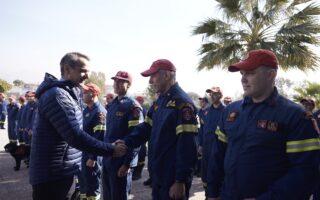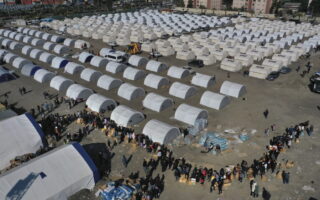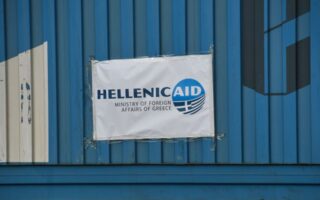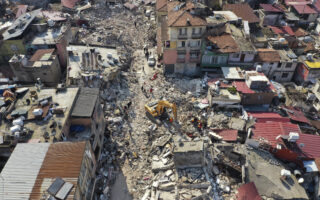Thousands of buildings to be screened
Pre-seismic inspections of public structures decided, with priority given to schools, hospitals
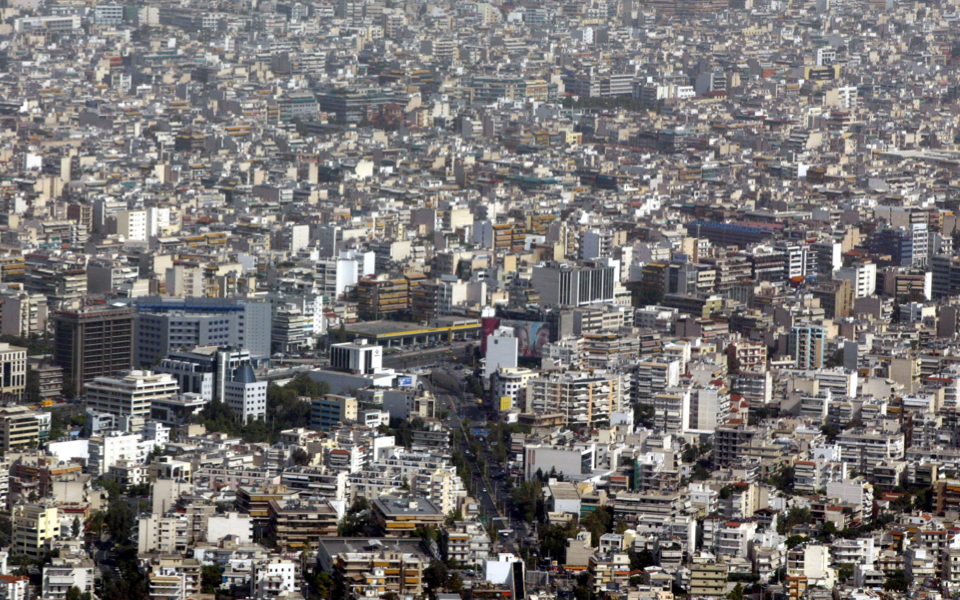
The government has decided to resume pre-seismic inspections of public buildings, with emphasis placed on some 30,000 structures deemed to be of critical importance, such as schools, hospitals and other places of large gatherings.
The decision, which will be implement in due course, was made during a meeting on Friday chaired by Prime Minister Kyriakos Mitsotakis on earthquake protection. It was attended by the Minister of Climate Crisis and Civil Protection Christos Stylianidis, who was put in charge of the project, members of the cabinet, the head of the Organization of Anti-seismic Planning and Protection (OASP), Efthymis Lekkas, and Giorgos Stasinos, president of the Technical Chamber of Greece (TEE).
The meeting focused on the inspection of some 64,000 public buildings out of a total 80,000, of which 16,000 have been screened in previous years. Emphasis will be placed on those structures considered to be of particular importance, such as public assembly areas or special function buildings. According to reports, a second meeting at the Ministry of Civil Protection will follow in the next few days in order to formulate a more concrete plan.
Not surprisingly, OASP, which has the necessary expertise, will be responsible for planning the inspections, with the support of TEE. What’s more, the possibility of technical seminars being organized by TEE to certify engineers who will then carry out the inspections is also being considered. However, given that OASP is responsible for anti-seismic policy but cannot oblige the public authorities to carry out checks, a legal formula is being sought to make inspections compulsory within a certain period of time.
The screenings will be carried out in accordance with the relevant regulation which was revised in 2022. Accordingly, if a problem is identified with a building during the primary inspection or there is a report from the building’s owner, a secondary inspection will follow. OASP estimates that the percentage of buildings requiring a secondary inspection is no more than 3-4% of the total.
It was further decided that OASP will proceed with a fresh revision of the seismic risk map, which was last updated after the 1999 earthquake in Athens that left 143 people dead. The New Earthquake Resistant Regulation will also be replaced by the European one (Eurocode), while OASP is working with the Culture Ministry to establish specifications for protecting historical monuments.
